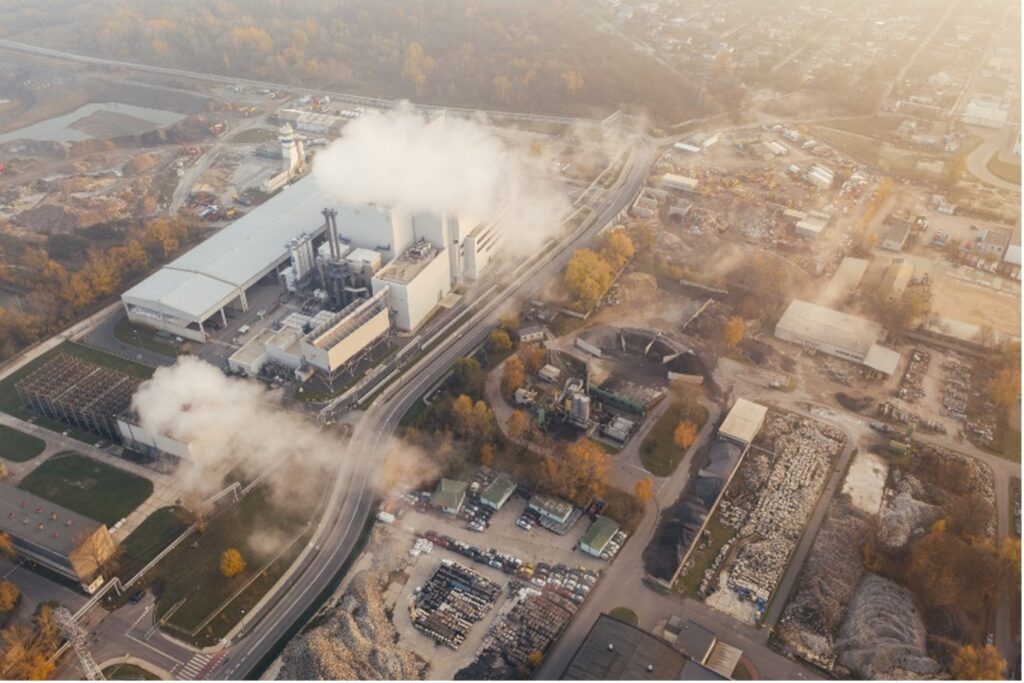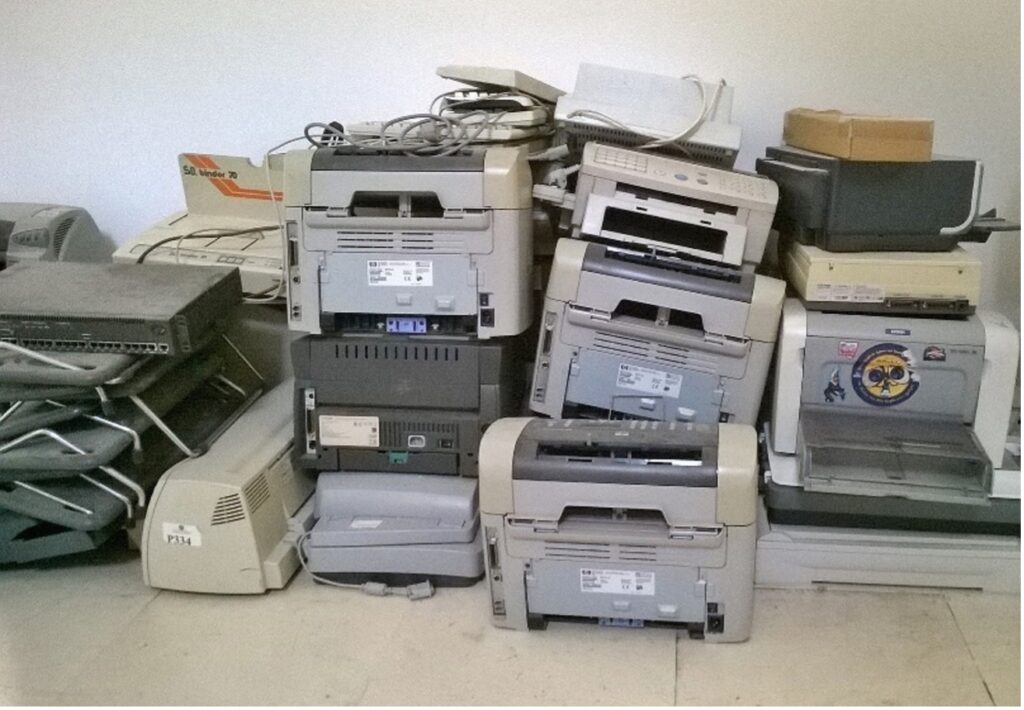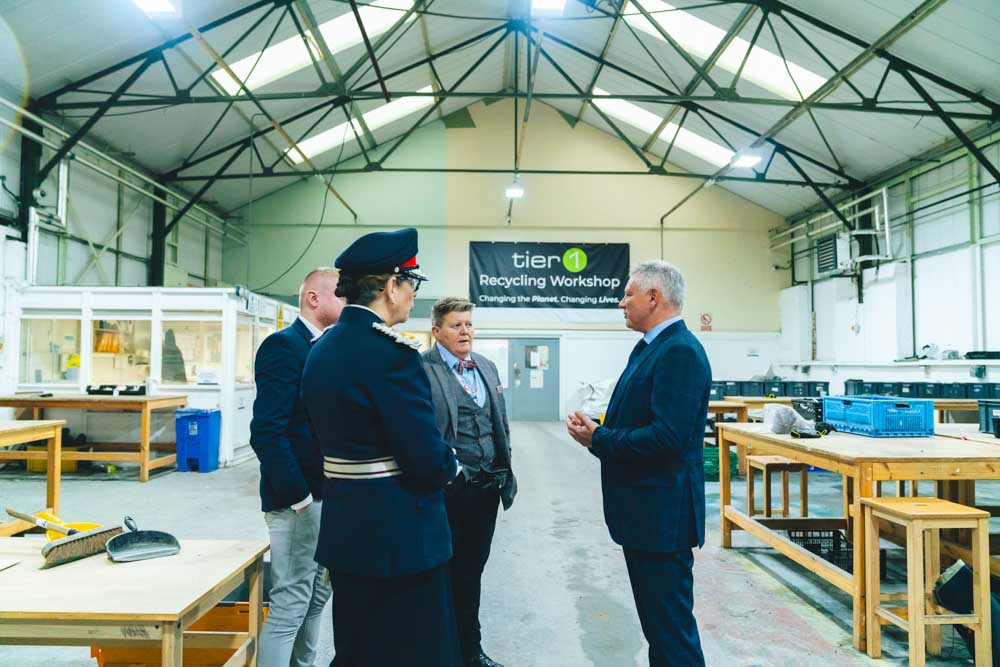We were aware that our climate was changing in the 1970s; it isn’t a new phenomenon. As representatives from 196 United Nations meet in Egypt at the 27th Conference for the Parties (COP27), the world’s attention turns to global climate change policy, once more. The stark findings of the 2021 UN Intergovernmental Panel on Climate Change report (IPCC) providing the cornerstone of the annual summit, which assesses the progress made towards the Paris Climate Change agreement. COP27 will focus on implementation – turning climate pledges into specific action.
By now, you’ll be used to hearing news channels reporting on the importance of limiting global warming to 1.5°C above pre-industrial levels. We understand that UK companies are being called upon to contribute to the government’s net zero by 2050 target. Large corporations are encouraged to make their own pledges signing a commitment to ‘. *
Businesses account for 18% of the UK’s total greenhouse gas emissions.
The Office for National Statistics. ^
Whilst most of us recognise the need to adapt and combat the climate crisis, many companies report both a lack of knowledge and a lack of budget as barriers when it comes to switching to more ethical operations. Published in October 2022, the most recent data on net zero action reports that 20% of organisations say that implementing change is costly and 1 in 10 are unsure of how to measure their emissions. * Whilst in May, a Lloyds Bank small business survey found that 50% of respondents didn’t know what was meant by the term net zero. +
Upon the first day of COP27, the UN Secretary-General, Antonio Guterres, delivered a direct warning; “humanity has a choice, cooperate or perish”. He stated that we are getting dangerously close to the point of no return. The terminology used in the UN IPCC was equally explicit, designed to make us all sit up, take notice and act with urgency.
Every sector must look to reduce its environmental footprint; our current behaviours are simply not enough to meet the environmental targets set. Our tech consumption alone has a substantial impact, and this continues to grow exponentially as our organisations capitalise on the productivity benefits brought about by the digital revolution.
In reality, the responsibility to drive change does not solely rest with the world leaders taking their seats at COP27, what can we be doing as business leaders?

Why do we need technology to be more sustainable?
In 2022, the northern hemisphere experienced its second hottest summer on record, Antarctic Sea ice reached a record low, ** and a third of Pakistan flooded. ^^
Climate change is occurring far faster than scientists first forecast – we have already reached 1.1°C. The IPCC suggests that we may reach 1.5°C by 2040, warning that this could be even earlier advising that it may be reached by 2034. ++ But what does 1.5 degrees of global warming mean in reality?
At 1.5°C, there will be a significant risk to human health, livelihoods, our water and our food supply. 14% of the world’s species will face extinction. # What would 2 degrees of global warming look like? a global rise of 2°C will make the planet ‘unbearable for all life on earth’, ++ millions would be exposed to deadly heatwaves and life-threatening climatic events.
Yet – despite the somewhat dire climate statistics, all is not lost. If we can reach net zero by 2050, we can limit warming to the 1.5°C target – avoiding at least some frightening projections. To stay on track, we need to be halfway by 2030. # This will take collaborative, mitigatory action from all businesses.

How can you make IT sustainable?
When it comes to our enterprises, one of the largest emissions offenders is our IT infrastructure. By moving away from the linear, ‘take, make, dispose’ culture and choosing a more sustainable approach to IT , businesses will create a ‘reduce, reuse, recycle’ circle.
Reconsider your IT refresh cycle.
Whilst technology ages rapidly, that doesn’t mean that laptops purchased 3 years ago have become end-of-life IT assets. Extending your refresh cycle by a year or so is unlikely to have a huge impact on organisational efficiency. Is mobile device recycling really needed at the end of every 24-month contract, for example?
When a growing company needs to purchase equipment, sustainable procurement through the re-commerce sector will dramatically cut emissions from new technology and help to reduce e-waste. Refurbished equipment ensures your business takes a circular approach, but it is also highly cost-effective. Purchasing ‘new’ tech from a highly-rated IT re-seller will save 70%, on average. ## Unlike new models, each device is extensively tested, therefore warranties provided either match or exceed the original manufacturer’s product guarantees. Our assets depreciate quickly due to the frequent model launches, although realistically, little changes in performance version-to-version.
Maximising lifetime value.
Take the greenhouse gas emissions for a standard laptop; you may immediately think of the power it uses, although lifetime emissions from use alone accounts for just 10 – 20%. Manufacturing and transportation take the lion’s share. ***.
Rather than upgrading the entire asset after a few years, upgrading individual components within your perfectly useable tech will greatly extend the product’s life. You can effectively build a new machine for far less budget and create far less environmental impact. Premium upgrades offered by some IT asset disposition services even include the screen, casing, keyboard and trackpad, making it nearly impossible to tell the difference from a new model. In fact, the vast majority of device components are interchangeable.
Whether a device is considered a piece of redundant IT equipment is subjective. For example, a software developer may experience reduced productivity after 3 years, but to the office administrator, the same redeployed laptop would be the best thing since sliced bread. It could be equally beneficial outside of the company. You may choose to sell redundant IT assets or boost your corporate social responsibility by donating them to a charity or school. Although to protect company data, it is vital to ensure it has undergone secure data erasure beforehand to prevent future data security issues.
Ethical disposal.
Whilst generally we are disposing of our devices far sooner than we need to, eventually, our devices will need to be recycled.
However, even at this point, IT asset recovery can retrieve serviceable components so they can be sent for remanufacturing. You even receive a residual value for your redundant IT assets. Our devices contain many precious metals; these can be harvested and used indefinitely. Recycling gold, silver, and palladium amongst others is far more sustainable than mining virgin materials for new tech, even without taking the environmental impact of the mining process itself into account.
Regrettably, factory-reset options remain one of the biggest challenges in data governance; it’s one of the common ITAD mistakes that this will meet the data destruction requirements, yet, traces of sensitive data can still remain without the use of advanced data erasure software. Professional IT asset disposal companies provide an ITAD chain of custody in the form of an IT asset disposal accreditation certificate. Along with data protection legislation, an environmentally friendly ITAD partner can also ensure your compliance with the EU’s WEEE directive, they will make sure your technology is recycled through the appropriate channels and also provide advice on further environmentally friendly approaches.

As anyone who follows the COP summits will tell you, climate change is a highly complex, multidimensional global issue. Whilst policy change won’t happen overnight, we can expect increased national governmental regulations when it comes to our business technology consumption and its environmentally friendly ITAD.
However, business leaders do not have to wait for legislation to be part of the solution. Besides, it is not only advantageous for our climate; committing to a circular computing model can bring additional benefits to your organisation.
Our technology costs our earth a lot to produce, therefore as its economic worth reduces, it is important that enterprises keep sight of the environmental value our devices still retain. Sustainable IT management through re-commerce, upgrades, redeployment and responsible disposal via an environmentally friendly ITAD supplier will substantially reduce your organisation’s carbon footprint – without any reduction in productivity. Actually, sustainability and economic growth are hugely compatible, coining the term ‘green growth’.
Ethical boardroom decisions are no longer just a ‘nice thing to do’ for the planet, as social attitudes change, sustainability is a business approach that generates long-term value and competitive advantage for environmentally-aware organisations.
* Office for National Statistics, ^ BEIS territorial emissions data, + Yahoo Finance, ** U.S National Oceanic & Atmospheric Administration, ^^ World Economic Forum, ++ IPCC, # Tech Buyer, ##Small Business, *** New York Times.
Data destruction services have evolved; tier1’s support ethical businesses with cost-efficient recommerce, redeployment and upgrade services, maximising the lifetime value of your IT infrastructure, saving your budget and protecting the environment.
Our free IT asset disposal and secure, state-of-the-art recycling facilities will help you demonstrate your commitment to the circular economy and the reduction of e-waste, whilst ensuring your legal compliance.
Learn more about the environmental and business benefits that sustainable IT management can bring – contact us on 0161 777 1000 (Manchester), 01621 484380 (Maldon) or visit www.tier1.com/contactus
Resources.
United Nations Climate Change, Intergovernmental Panel on Climate Change, UK Government, COP27, Forbes, Tech Buyer, Yahoo Finance, Office of National Statistics, Natural History Museum, World Economic Forum, Tech UK, National Oceanic and Atmospheric Administration, Small Business, New York Times, BMC, IMD, United Nations Global Compact.



